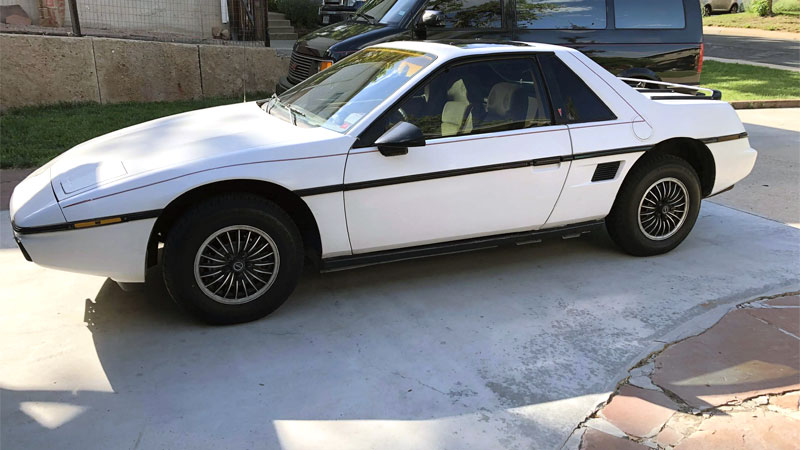The History of the Pontiac Aztek
There are many vehicles, both past and present, that have not received the notoriety or praise that they likely deserved. One such vehicle is the Pontiac Aztek, which was often chastised by critics for its rather abstract appearance, and general lack of smooth, flowing body lines. Production of the Aztek … Read more


